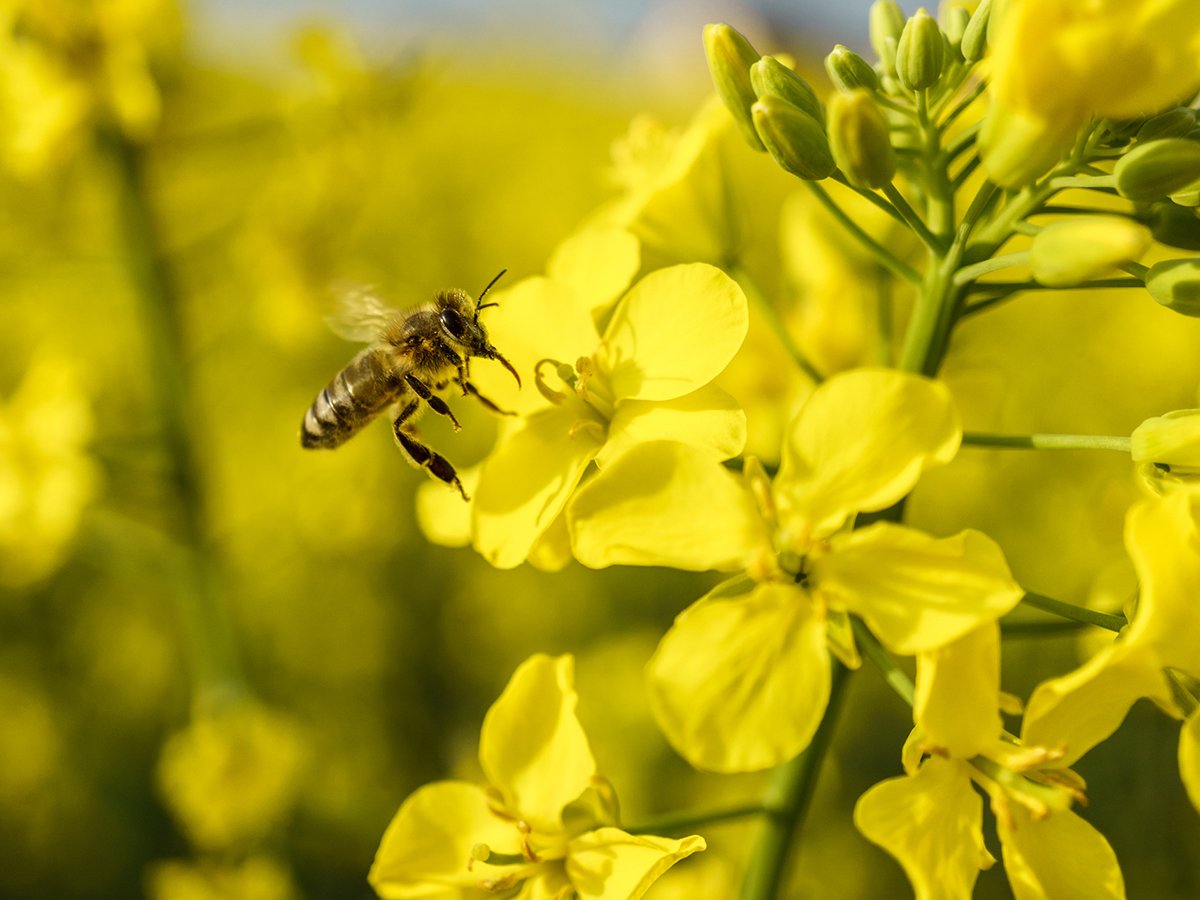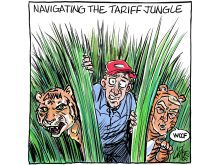Alan Guebert is an Illinois farm journalist.
If new information on China’s food production potential is accurate – always an open question in the still, very much closed country – American farmers will be forced to slash their price-enhancing expectations of this vast, hoped-for export market. For example:
- Recent unpublished government studies now peg China’s arable farmland base at 346 million acres; far more than the 234 million acres the Chinese government has long reported. This staggering 47-percent increase means China has 90 million more acres than the total combined wheat, corn, soybean, cotton, rice, sorghum, barley and oats acres planted by U.S. farmers in 1997-98.
- Due to double- and multi-cropping systems employed by many Chinese farmers, yearly planted acreage could actually range from 490 million to 540 million acres, or more than twice the total planted acres of key American crops.
- While China has under-reported its arable land, it has faithfully over-reported its livestock production. According to an April 18 U.S. ag attachŽ report from Beijing, China claims to have boosted its meat production 84 percent between 1986 and 1995 while Chinese per capita meat consumption rose a suspiciously small 8.4 percent during the same period.
Read Also

Invigor Gold variety viewed as threat to condiment mustard
Invigor Gold, the canola-quality mustard developed by BASF, is on a collision course with Canada’s condiment mustard industry. It’s difficult to see how the two can co-exist.
This vast disparity, notes the attachŽ report, is easily explained: China’s actual meat production is about 25 million tonnes, not the 57 million it claims in its most recent 1995 data.
What that means for U.S. farmers is clear, notes the attachŽ report: “We believe China’s overall demand for grain will grow roughly at the same rate with population growth. In other words, we believe that China can meet its own grain demand if its grain production is able to maintain an annual growth rate of 1.5%.”
USDA reckons China’s grain production will rise 1.3 percent per year for the next decade, or near self-sufficiency. In fact, China appears almost self-sufficient now. Current grain stocks hover at 200 million tonnes, or nearly a one year’s supply. And despite an 18-percent drop in 1997 corn production due to drought, China will export at least six million tonnes of corn this year – and perhaps 10 million tonnes – and still maintain abundant reserves.
- China is the wild card in today’s Asian economic chaos. If Chinese leaders, because of domestic economic and political pressures, devalue its currency, the yuan, and the Hong Kong dollar, many global finance experts suggest Asia’s “economic dislocations” will hit Europe and North America.
Despite confirmation of China’s under-reported acres, over-reported livestock production, vast grain reserves, and key role in a potential global economic meltdown, specialists at USDA’s Economic Research Service remain hopeful China will grow as a U.S. farm market over the next 10 years. Much of that hope, however, is based on 1.3 billion Chinese eating more animal protein.
Currently, according to recent ERS data, Chinese consumers eat just 4.4 pounds of animal protein per capita per year while the neighboring Taiwanese eat 38.7 pounds and Japanese consume 33 pounds per year.
But that hope must be tempered with current facts. The most worrisome is China’s 346 million acres, over half of which is annually double-cropped. If the number is correct, it means China also has over-reported actual per-acre grain production by as much as 30 percent for years. Viewed from the other side of this giant Asian looking-glass, the suspected lower per-acre productivity directly implies that new farming technology and added investment in infrastructure could boost Chinese ag output by 30 percent in the coming decade.
That would make China a vast grain and livestock exporter; not the importer that American farmers – and secretaries of agriculture – have long forecast.














